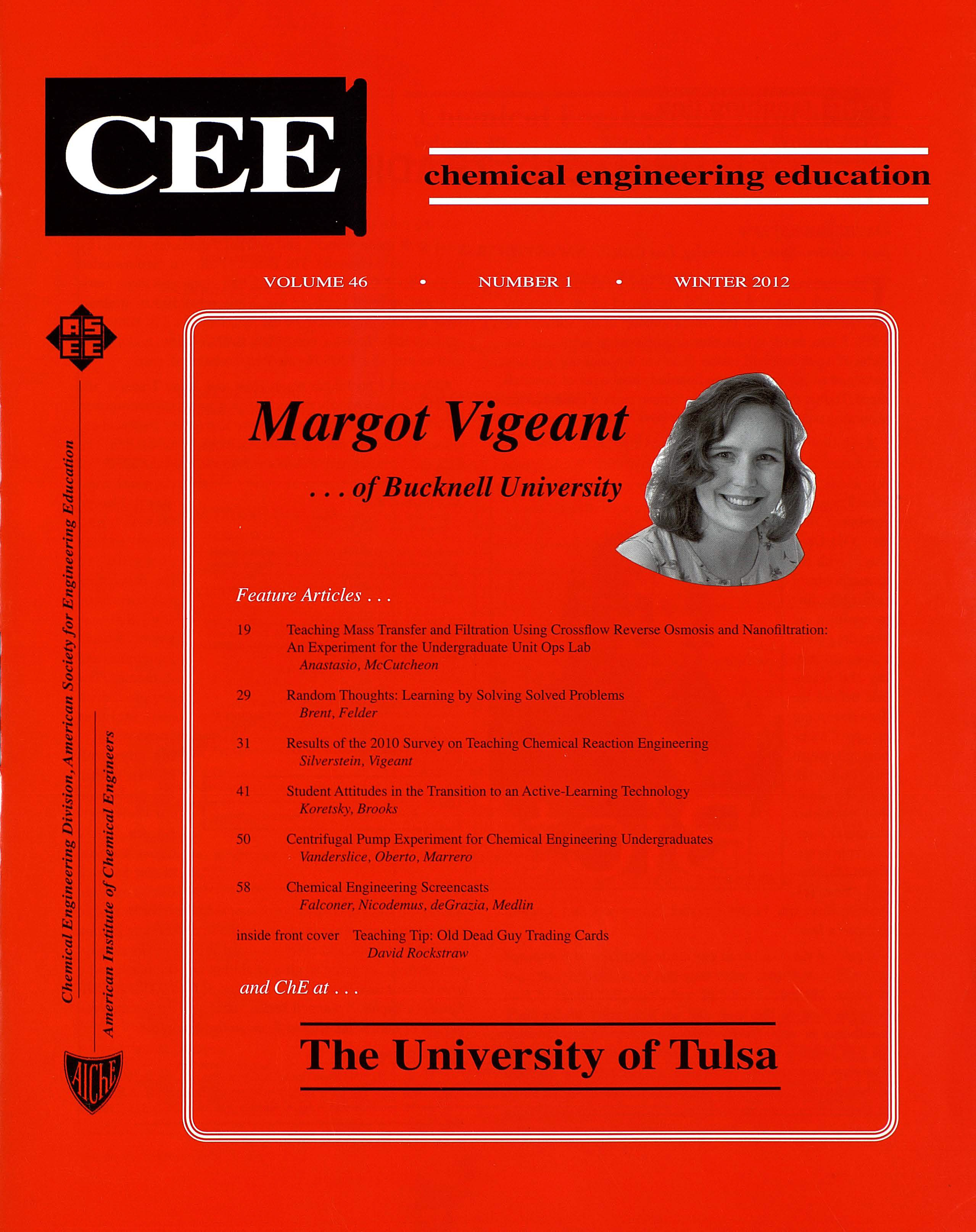Student Attitudes in the Transition to an Active-Learning Technology
Abstract
Changes in student perceptions to a novel technology-based, active-learning pedagogy using a custom, sophisticated, personal response system called WISE were studied over the first five years it was used. Students tended to view active learning more favorably over time, particularly in regards to statements that required them to be interpretive of their own learning. They also perceived that being required to write explanations prompted them to think more deeply about multiple-choice conceptual questions. Implications for adopting active-learning techniques are discussed.


